Anna’s Hummingbird Fact Sheet | Blog | Nature
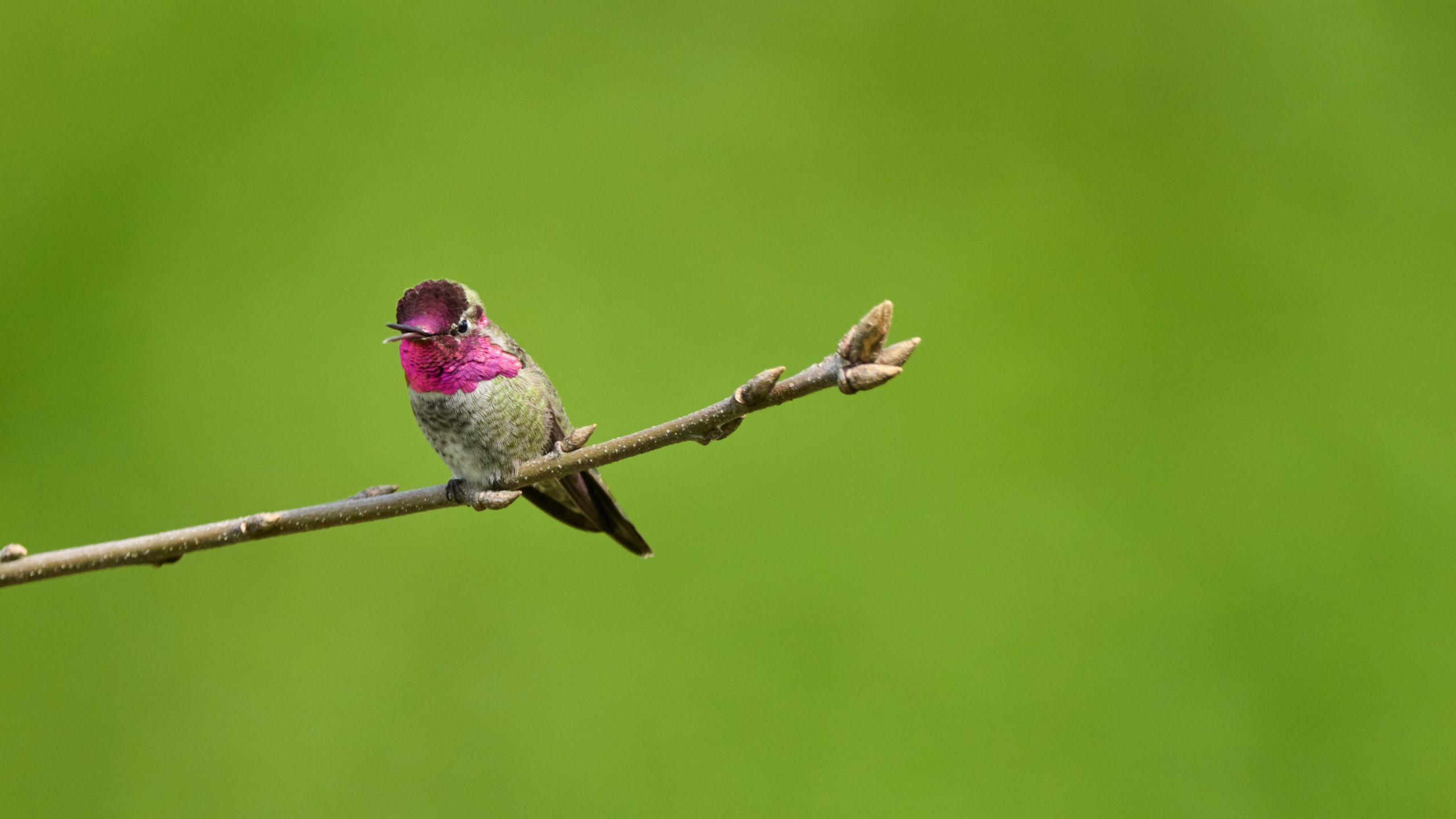
Anna’s Hummingbird (Calypte anna): one of the most common hummingbirds along the Pacific Coast of the United States.
Kingdom: | Animalia
Phylum: | Chordata
Class: | Aves
Order: | Apodiformes
Family: | Trochilidae
Genus: | Calypte
Species: | C. anna
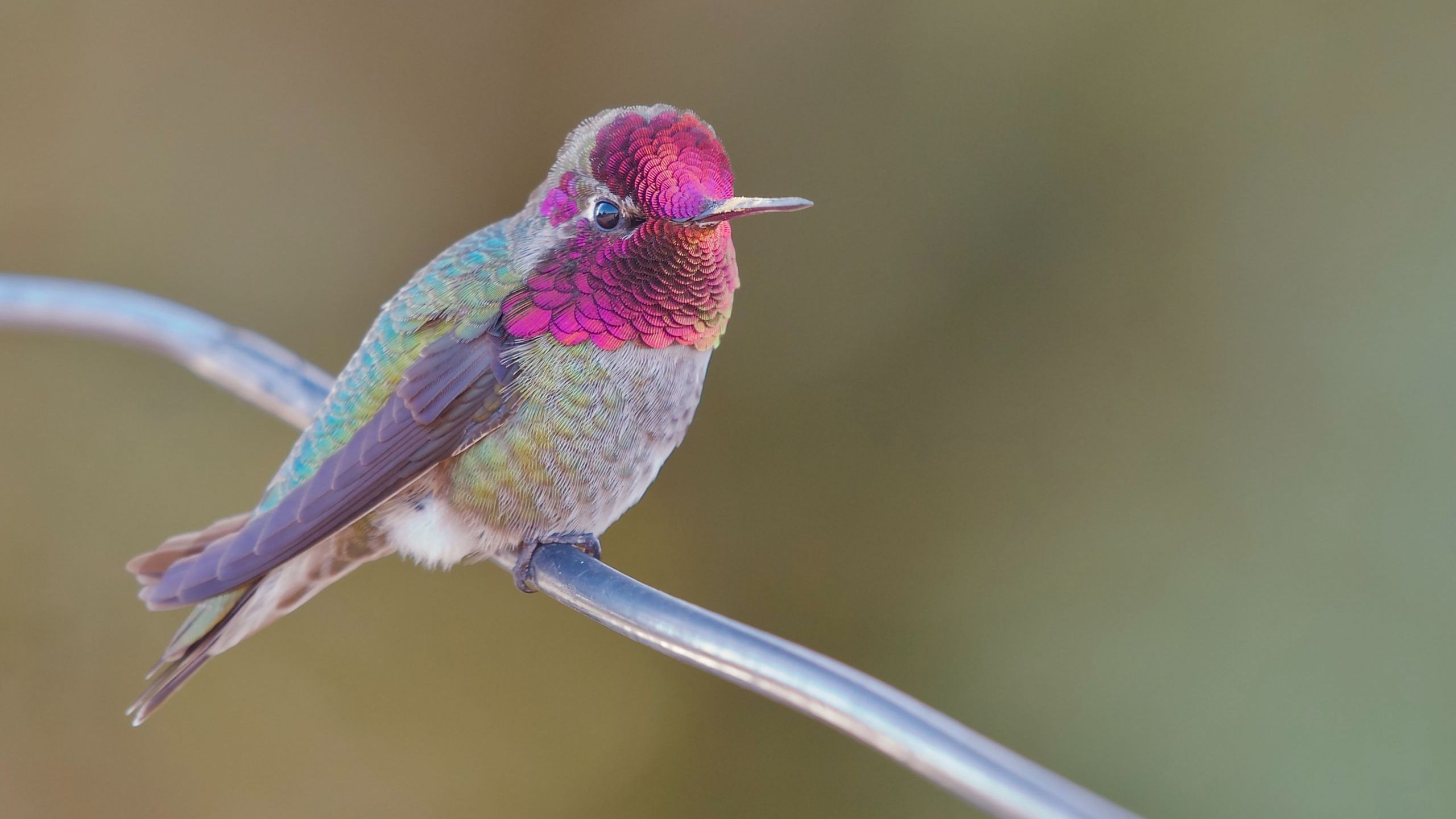
Size and Weight:
Tiny among birds, Anna’s hummingbirds are considered medium-sized and stocky for a hummingbird. Anna’s hummingbirds are 3.9 to 4.3 inches long with a wingspan of 4.7 inches. Their weight ranges from 0.1 to 0.2 ounces.
Appearance:
Anna’s hummingbirds have a straight, shortish bill and a fairly broad tail. When perched, the tail extends beyond the wingtips. Both males and females are mostly green and gray. The male’s head and throat are covered in iridescent reddish-pink feathers. The iridescent throat patch of male hummingbirds is called a gorget. Females also have a tiny red gorget, which is unusual compared to other hummingbird species, where females have none.
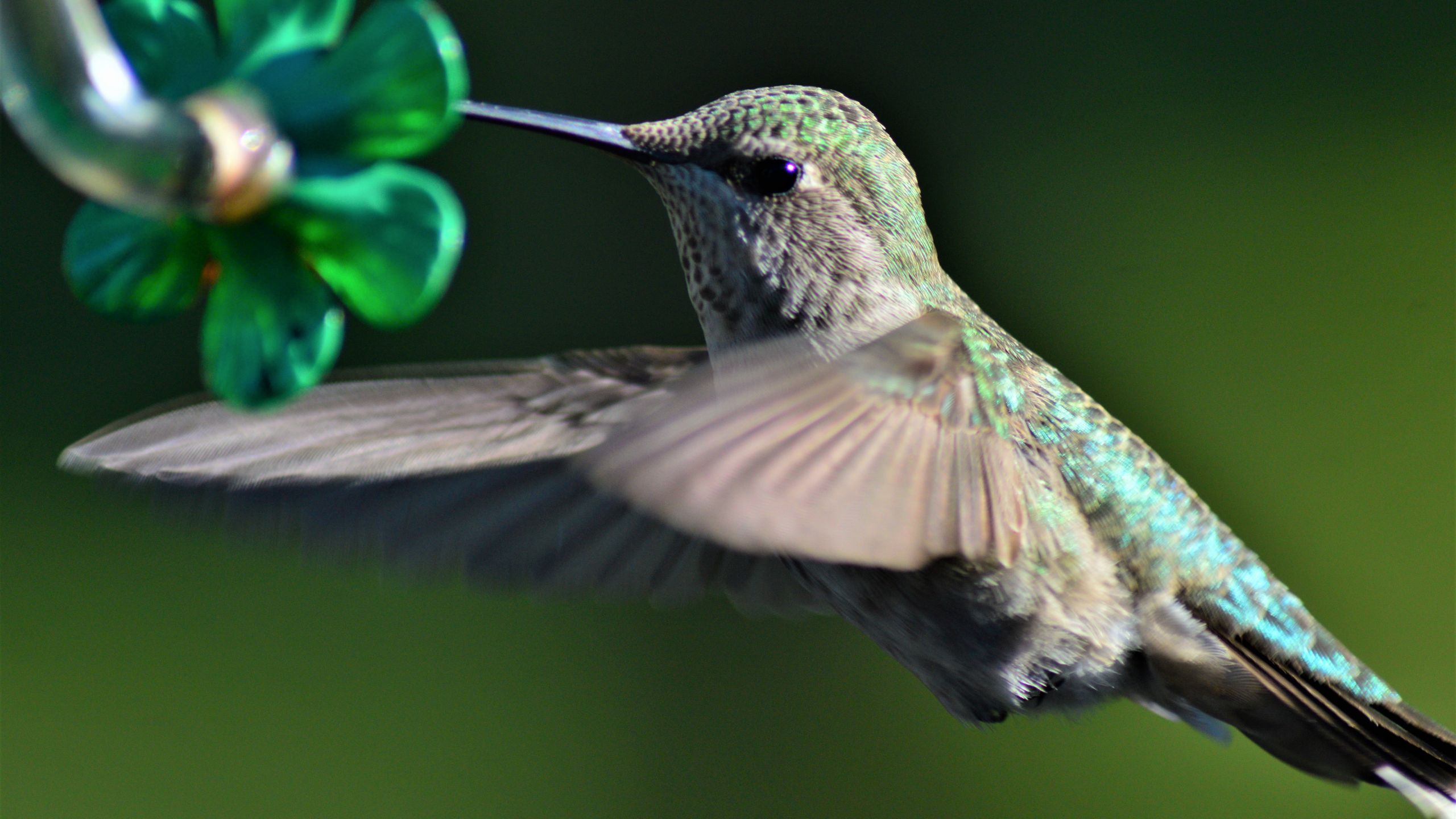
Diet:
Anna’s hummingbirds feed primarily on nectar from many flowering plants, including currant, gooseberry, manzanita, and eucalyptus. They also eat a wide array of smaller insects like midges or whiteflies. They find these insects from understory leaves, crevices, streambanks, or caught in spider webs.
Habitat:
These hummingbirds are common in urban and suburban settings. They are also found in wilder places like oak savannahs and open woodland. They are notably common around eucalyptus trees, which were introduced to the West Coast in the mid-nineteenth century.
Geography:
Anna’s hummingbirds are among the most common hummingbirds along the Pacific Coast of the United States. They are found along the western coast of North America, from southern Canada to northern Mexico. They tend to be permanent residents within their range.
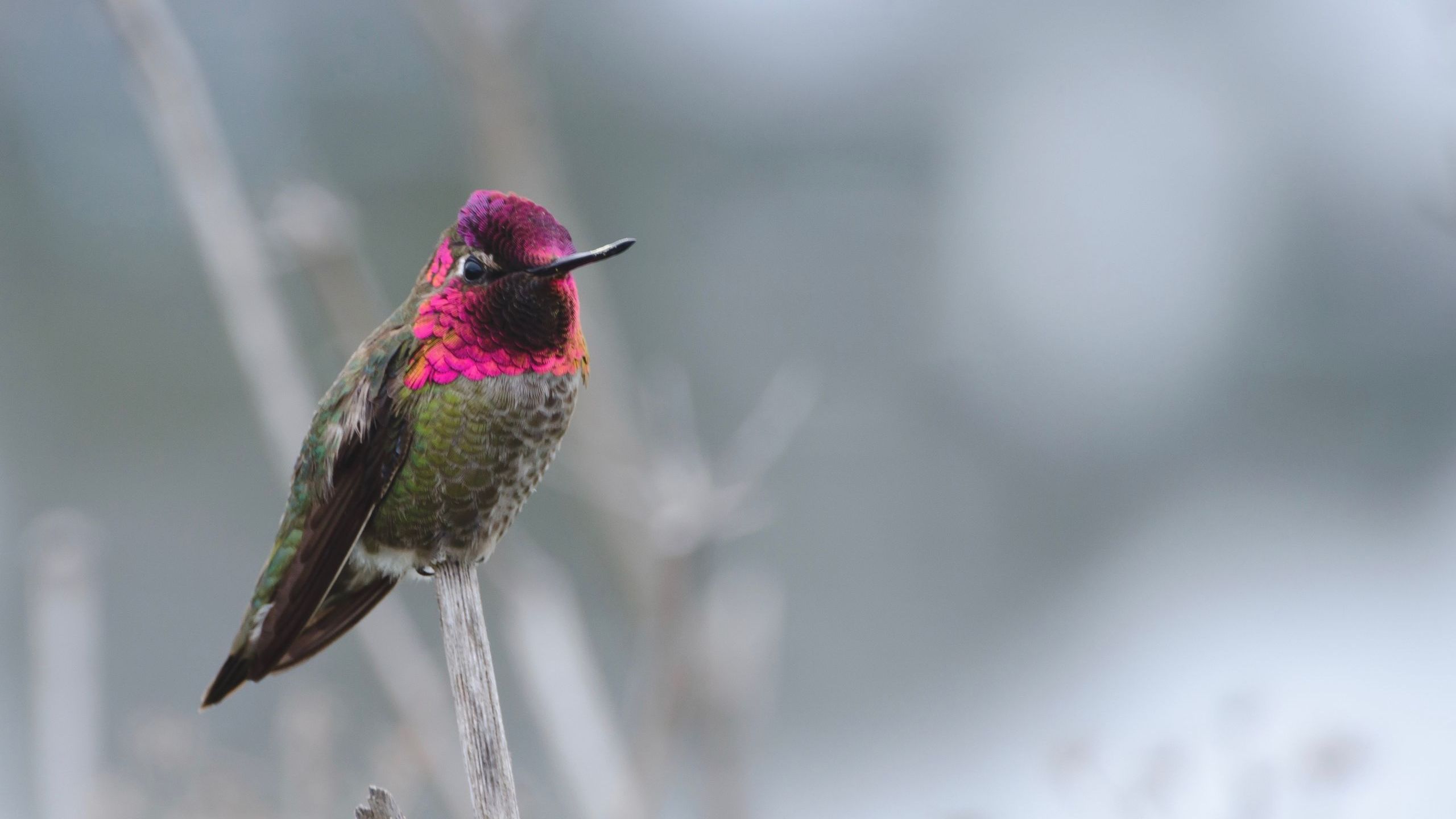
Breeding:
Anna’s hummingbirds have magnificent courtship displays. In front of an onlooking female, the male climbs up to 130 feet into the air and then swoops to the ground with a burst of noise that it produces through its tail feathers. As the courtship progresses, the male chases a receptive female, who leads him toward her nest site and perches again. Then the male performs a “shuttle display,” where he swings back and forth about a foot above the female, keeping his body horizontal and his head down toward the female, often singing an intense song. This mating is followed by mating.
Males and females do not form pairs and are not monogamous. The female cares for the young on her own. She chooses a nest site, which is usually a horizontal branch of small trees or shrubs near a source of nectar. She builds a nest of plants and spider webs. It takes her about a week to build. Nests are 1 inch tall by 1.5 inches in diameter. She typically lays 2 eggs. The new hatchlings enter the world with their eyes closed, very little down and virtually helpless.
Social Structure:
Anna’s hummingbirds are not monogamous. They do not form pairs, and both sexes likely mate with more than one individual per season. Only the females care for the young. When males are not feeding or mating, they often perch fairly high in a bush or tree, noisily chattering.
Lifespan:
Their lifespan is 8.5 years.
Threats:
The most significant threats to these birds include habitat loss, as well as predation of feral cats, tree snakes, and other bird species.
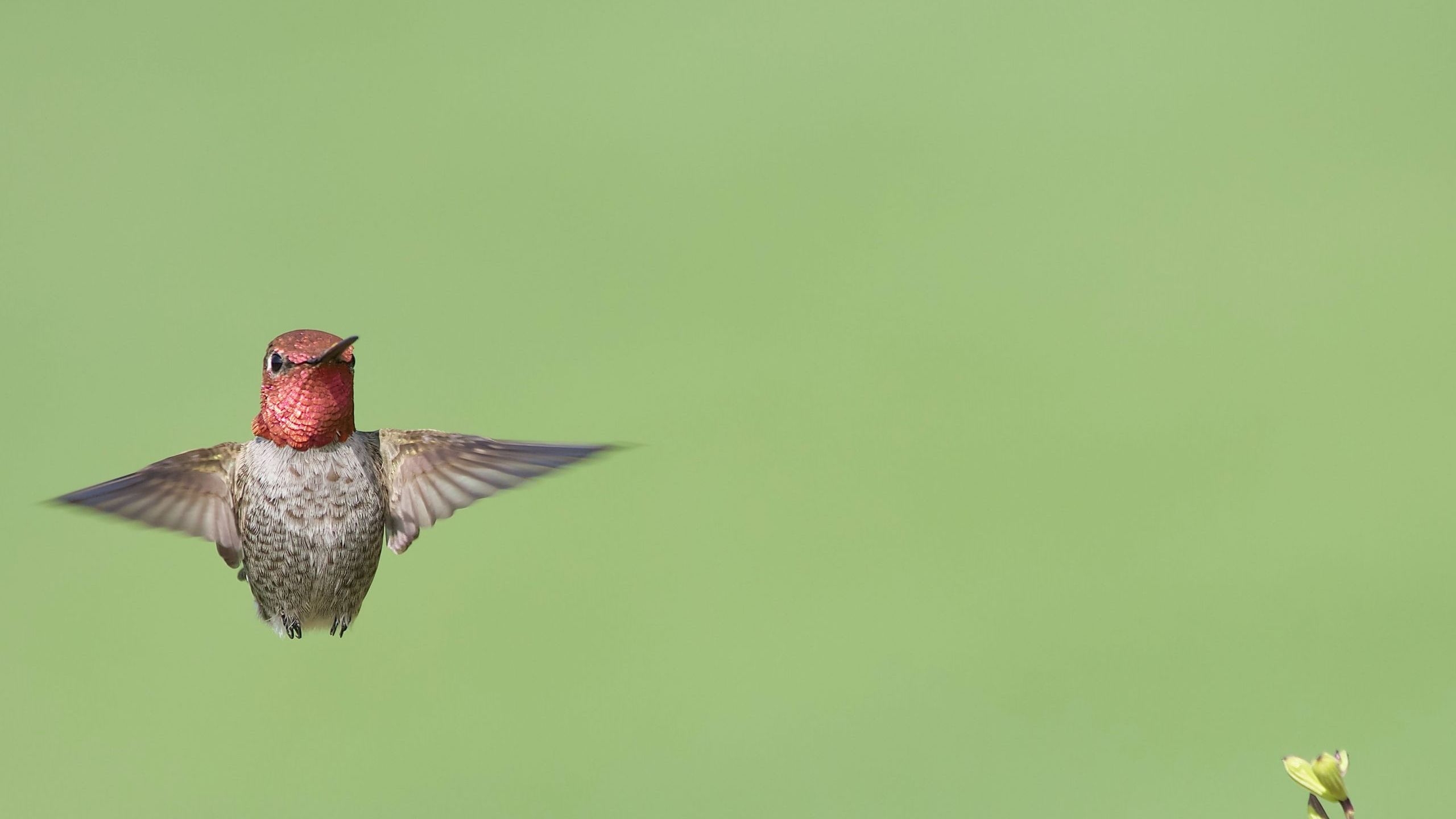
Conservation Status:
As of 2020, Anna’s Hummingbird is listed as of Least Concern on The IUCN Red List of Threatened Species.
Conservation Efforts:
Anna’s hummingbird populations increased between 1966 and 2019. Widespread backyard feeders and introduced trees, such as eucalyptus, have helped Anna’s hummingbird populations thrive all the way to Vancouver, Canada.
Source: The Cornell Lab.
Looking for more hummingbird beauty? Enjoy the wonder and diversity of the hummingbirds of the U.S. and Canada with this free, downloadable poster from the Cornell Lab of Ornithology that you can save and print at home.


